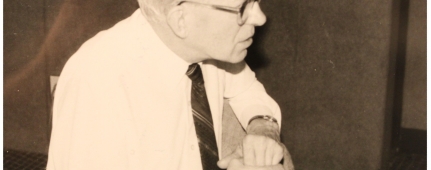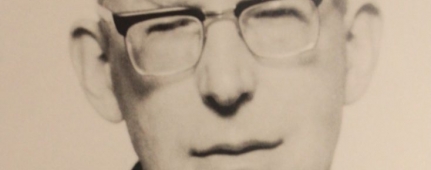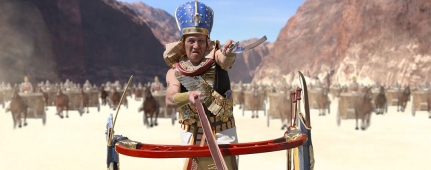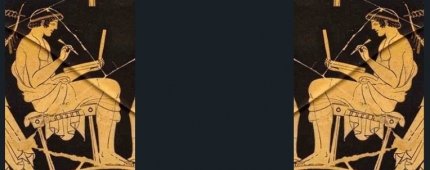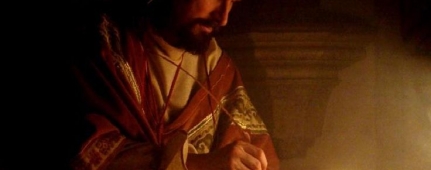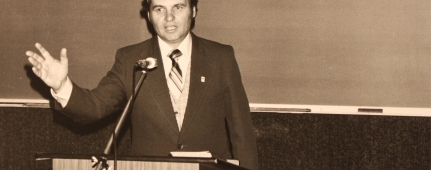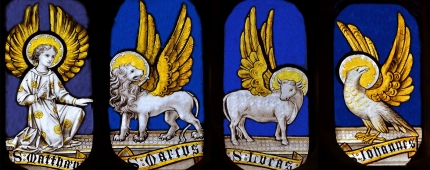Numbers 22:33—Why did the angel of the Lord try to kill Balaam, since God had given him permission to go to the plains of Moab?
Problem: In Numbers 22:20 God had told Balaam to go with the men to the plains of Moab. However, verse 22 says, “Then God’s anger aroused because he went, and the Angel of the Lord took His stand in the way as an adversary against him.” Also, in verse 33 the angel of the Lord says, “If she [the donkey] had not turned aside from Me, I would also have killed you by now, and let her live.” Why did the angel of the Lord try to kill Balaam when God had already given him permission to go with the men from Moab?
Solution: The account of Balaam’s activities demonstrates that Balaam was torn between obeying the command of God, and the greed in his heart for the riches that Balak had promised. Although God had flatly told Balaam not to go with the men to Balak (Num. 22:12), Balak’s offer of riches (v. 17) tempted Balaam, and he went to God a second time to seek permission to go to Balak. It was because of Balaam’s evil heart of greed that the Lord sent His angel to stand in the way as Balaam’s adversary. The intent was not to kill Balaam, evidenced by the fact that the angel of the Lord allowed Balaam’s donkey to see him and, by turning aside, to prevent Balaam’s death. Rather, the angel’s purpose was to present a forceful reminder that Balaam was to speak only what the Lord would tell him.
Balaam’s greed is clearly demonstrated in the fact that, although he would not curse Israel because the Lord would only allow him to bless His people, Balaam counseled Balak to corrupt Israel by allowing his women to marry the men of Israel and to lead them into idolatry (2 Peter 2:15; Rev. 2:14). Balaam’s greed had devised a way to help Israel’s enemies while not directly disobeying the Lord’s command to speak only the words that He would give to him (Num. 31:16).
See All Problems
This excerpt is from When Critics Ask: A Popular Handbook on Bible Difficulties (Wheaton, Ill.: Victor Books, 1992). © 2014 Norman Geisler and Thomas Howe. All rights reserved. Used by permission. Click here to purchase this book.



